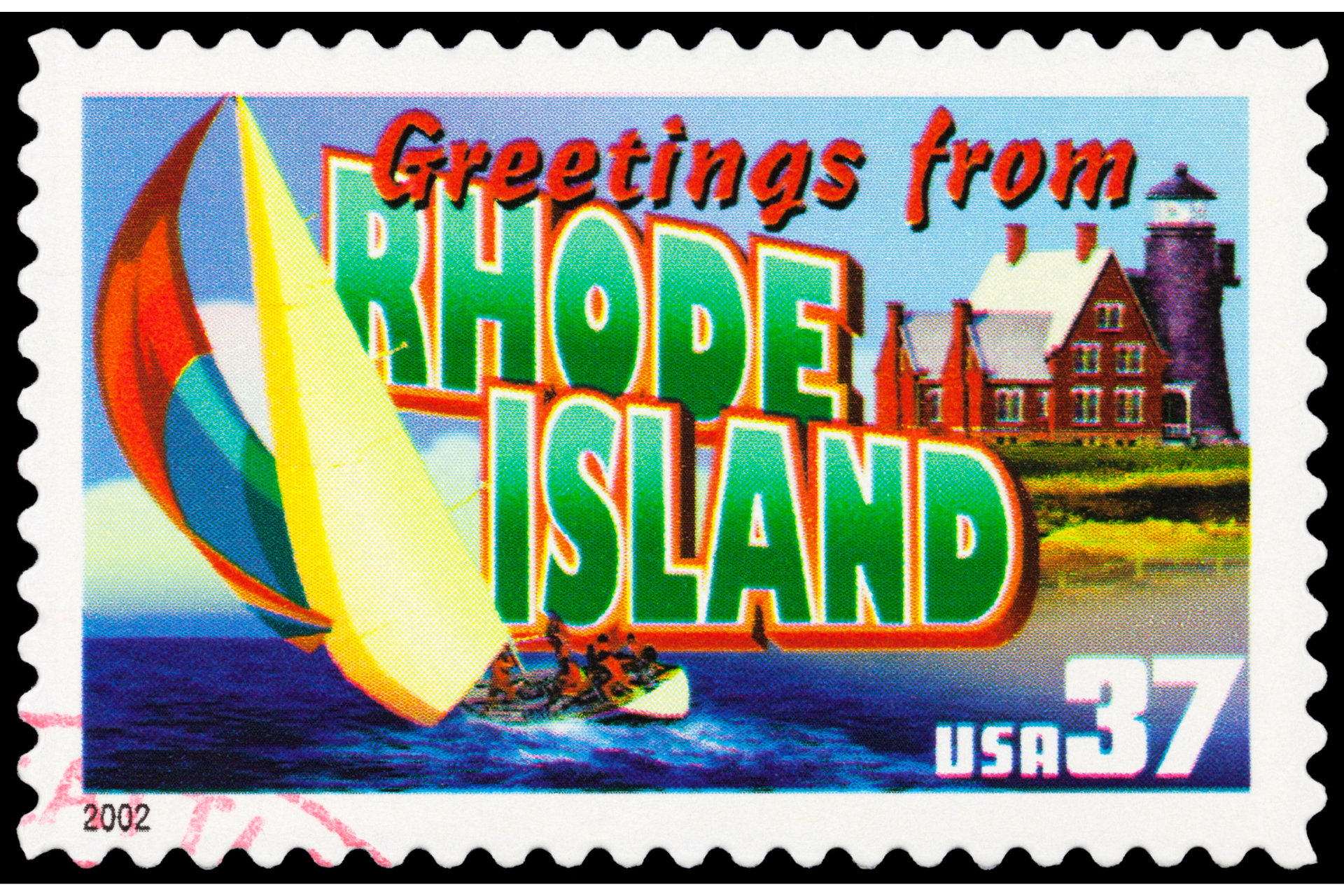As Congress considers the prospect of expanding the federal nutrition assistance program to Puerto Rico, talk has turned to how much Puerto Rico contributes to the U.S. treasury, under the premise that the U.S. territory’s eligibility for the U.S. Supplemental Nutrition Assistance Program should factor in how much its people contribute to the federal treasury.
To address this issue head on, Daniel Santamaría, the director of Open Spaces Research, examined the cost/benefit ratios of all states and territories. His research has uncovered that half of the states receive more federal benefits than payments that they make to the Treasury.
- North Dakota ($81,722)
- Kentucky ($23,617)
- Minnesota ($21,565)
- Alaska ($15,100)
- South Carolina ($14,903)
- Indiana ($12,778)
- Connecticut ($11,746)
New Mexico comes in at $9,557 per person, slightly less
The federal government takes in taxes from people living in the states and in the territories. It also provides funds to people living in the states and in the territories. Santamaría looked at the amount each state brought in and the amount the federal government provided to each state and territory in 2022. He then divided that by the populations of the places on the list and created a table showing how much each person living in each place cost or benefited the federal government. Puerto Rico showed a net loss for the federal government: the territory cost $10,301 per person in 2022.
Why does this matter?
The states that create the greatest loss for the United States are not the poorest states in the nation and there are no consequences for costing the government money, nor rewards for paying enough to help subsidize North Dakota. It literally makes no difference whether a state runs at a loss to the federal government or not. Under U.S. law, states are all on an equal footing, with equal rights and benefits regardless of their financial positions.
Puerto Rico is in a different situation entirely. The fact that Puerto Rico residents generally do not pay federal income taxes is often used as an excuse for the Island’s unequal treatment. This is not a comprehensive view of Puerto Rico’s situation. For example, Puerto Rico workers pay Social Security and Medicare taxes at the same rate as the workers in the states, but do not receive equal benefits under Medicare. Additionally, nearly half of residents of states pay no federal income tax even if they file taxes, and these workers are not penalized for the fact that they owe no income tax.
It is clear that the amount of taxes paid on a state-by-state basis does not actually align with the amount of benefits received by a state’s residents. Nonetheless, this difference between Puerto Rico and the states is often used as a justification for the difference in government benefits received.
Congress considers inequities
Santamaría presented his data at Congressional meetings last month. There are historic as well as ongoing attempts to address the inequities faced by Puerto Rico in Medicare, Medicaid, nutritional assistance, and the Earned Income Tax Credit.


